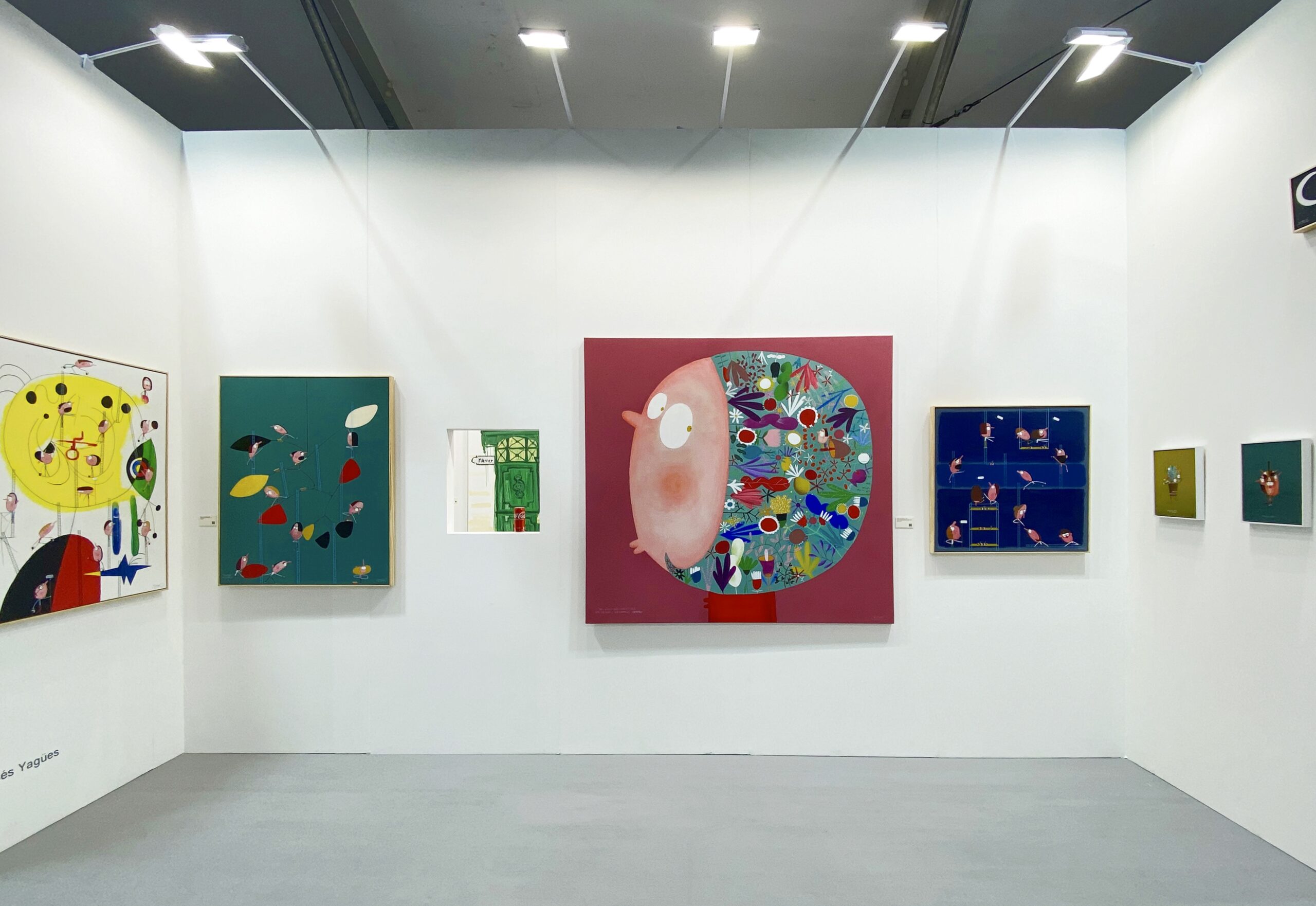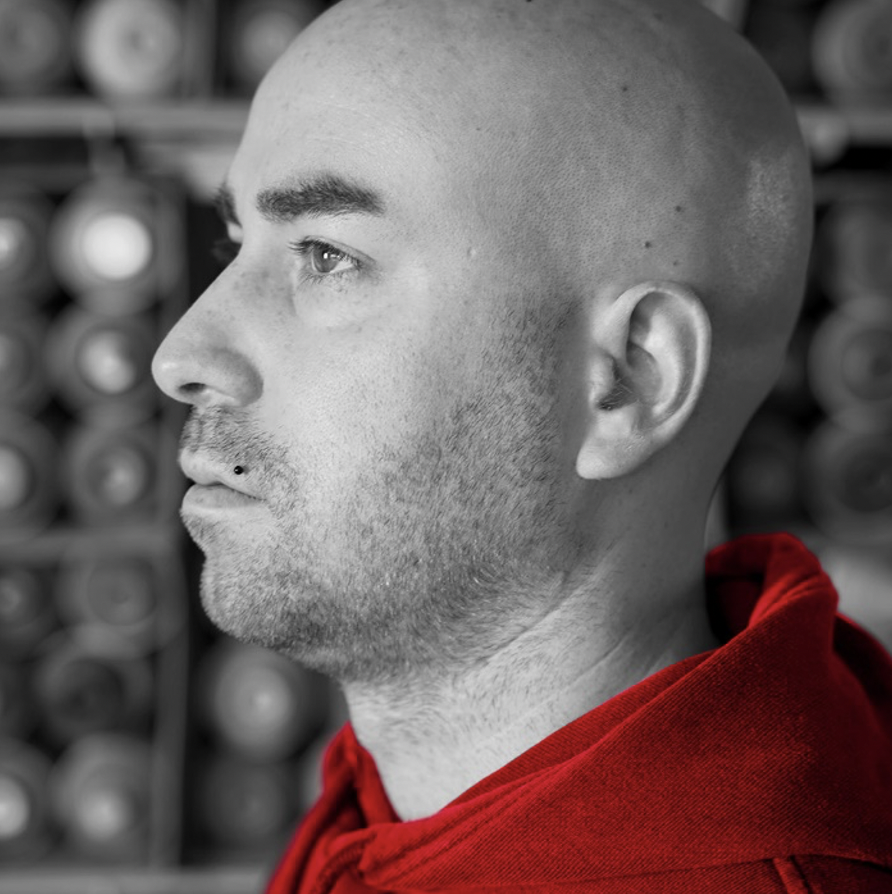
Ting Ting Art Space is making its debut at the prominent Art Central in Central, Hong Kong, a focal event during Hong Kong Art Week. Gathering Asia’s emerging galleries and internationally renowned masters, the exhibition will feature seven artists spanning from playful and bold prints to street art graffiti, from abstract symbols to serene landscapes that offer solace to the soul. Additionally, alongside the paintings, large-scale sculptures will also be showcased.
Sculpture work – “Ashes of History,” created by Spanish artist Alejandro Monge, uses destruction as a new form of creation for reflection. The artwork to be exhibited at Art Central is a realistic series of burnt dollar bills. Monge recreates stacks of bills using paper and acrylic paint, ultimately burning them to ashes. Through the act of burning his own creations and their imagery, Monge satirically embodies his critique of the all-encompassing rule of today’s societal and economic values. This series of works has garnered widespread international media coverage and attention.
Overall, the curatorial layout and arrangement of artworks designed by Ting Ting Art Space revolve around a circular corridor space. Additionally, the exhibition walls cleverly feature a window-like void, enticing both passersby and visitors to explore the artworks placed around it. Ting Ting Art Space aims to evoke interaction between viewers and artworks, as well as diverse aesthetic experiences from different positions and angles through this experimental design.
